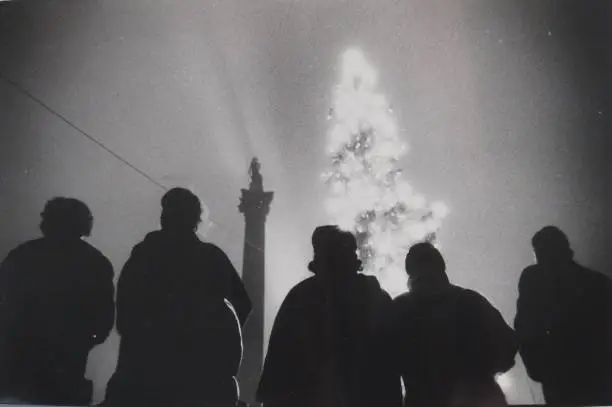Christmas Wasn’t Always December 25th: A Journey from January 6 to the Modern Celebration

Christmas Wasn’t Always December 25th
“A Journey from January 6 to the Modern Celebration”

December 25th is the date we hear whenever we say Christmas. However, early Christians did not celebrate the birth of Jesus on this date initially. Instead, for so many centuries, January 6th was regarded as the day when Christ was born. This forgotten history brings some very interesting insights into the way traditions are formed and molded by culture and politics.
Why January 6th?
At the time of earliest Christianity, the birth of Jesus was commemorated in epiphany as part of the Feast of Epiphany on January 6th. Of the feast kept, it commemorated a group of three events: the baptism, the visitation of the Magi, and the nativity. The rather precise reasons for this choice involve theological symbolism.
January 6th fits the pattern of the Roman calendar, and it occurs so that Jesus is the “light of the world,” a very symbolic thing since winter’s darkest days were giving way to longer daylight.
The Move to December 25
So, why the switch? The switch to December 25th began in the 4th century when Christianity began to flourish within the Roman Empire. Emperor Constantine, an influential figure in the spreading of Christianity, wanted all Christian practices to match existing Roman rituals.
December 25th was, all in all, a prime date for Romans. It marked the celebration of Sol Invictus-the Unconquered Sun, said to signal the sun’s rebirth with its successful return from the dead. Placing Christmas on this date allowed early Christians to fall back on a familiar Roman holiday, thus injecting Christianity into the very lives of Roman converts.
Theological and Practical Factors
Theological interpretation helped the transition, too. Early Christian thinkers like Hippolytus of Rome calculated a birthday for Jesus on December 25 based on assuming that Jesus’s conception occurred on March 25-the day when the Annunciation is believed to have occurred. If one adds nine months to that, one arrives at December 25th.
In practice this meant Christmas was kept during the Roman winter festivals when it became easier to profess Christianity less perilously.
What Happened to January 6th?
January 6th did not disappear from the Christian calendar. Rather, it became the Feast of Epiphany, celebrated in the West as the visit of the Magi, and in the East as the Baptism of Jesus. The Feast of Epiphany is still one of the most important holidays in many traditions, especially for Eastern Orthodox and Coptic Christians.
Contemporary Observations on the Date Issue
Examples like this, where January 6th has shifted to December 25th, capture the fluidity of traditions and how religious practices adjust to fit cultural contexts. It is always a reminder that those dates and customs are meaningful but are historically shaped rather than divinely decreed.
This is Christmas, a synthesis of ancient tradition, theological interpretation, and historical prudency, whether on December 25 or January 6. The substance of Christmas goes beyond the date-it is in the radiating joy, hope, and the light that speaks from history.
“As you gather around with family and friends this Christmas, take a moment to reflect upon the story of this cherished holiday. It is one of adaptation, unity, and the power of tradition that connects us across the centuries”








2 thoughts on “Christmas Wasn’t Always December 25th: A Journey from January 6 to the Modern Celebration”